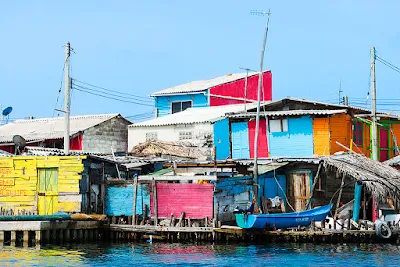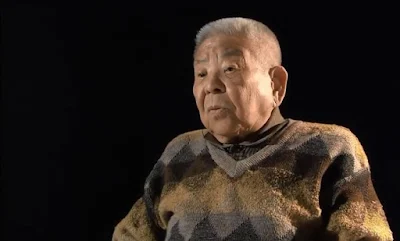The Dubai Miracle Garden is a flower garden located in the district of Dubailand, Dubai, United Arab Emirates. The garden was launched on Valentine's Day in 2013. The garden occupies over 72,000 square metres (780,000 sq ft), making it the world's largest natural flower garden featuring over 50 million flowers and 250 million plants. In April 2015, the garden was awarded the Moselle Award for New Garden Experiences of the year by the Garden Tourism Award 2015.
The concept of the first miracle garden project was formed under an agreement between Dubailand and the Dubai Properties Group destination. The project development was done under an agreement with Akar Landscaping and Agriculture Company, led by Jordanian businessman Abdel Naser Rahhal. The cost of the project was estimated at AED 40 million (US$11 million). Phase one of the project was completed and opened in February 2013 which consisted of 21,000 sq. ft. outdoor facility including vertical and horizontal landscaping design where each of them have their own design. The development of phase one took two months and required 400 workers. Phase two of the project was initiated in mid-June 2013 and was completed in October, where it involved the 70 percent expansion of the 21,000 sq ft and construction of the 850,000 sq ft multistory car park, which increased the total area of the garden to 2 million sq ft. Phase two development also included the addition of the floral clock, the butterfly garden, retail stores and mosques.
The concept of the first miracle garden project was formed under an agreement between Dubailand and the Dubai Properties Group destination. The project development was done under an agreement with Akar Landscaping and Agriculture Company, led by Jordanian businessman Abdel Naser Rahhal. The cost of the project was estimated at AED 40 million (US$11 million). Phase one of the project was completed and opened in February 2013 which consisted of 21,000 sq. ft. outdoor facility including vertical and horizontal landscaping design where each of them have their own design. The development of phase one took two months and required 400 workers. Phase two of the project was initiated in mid-June 2013 and was completed in October, where it involved the 70 percent expansion of the 21,000 sq ft and construction of the 850,000 sq ft multistory car park, which increased the total area of the garden to 2 million sq ft. Phase two development also included the addition of the floral clock, the butterfly garden, retail stores and mosques.
The Dubai Miracle Garden operates from October to April and remains closed from May to September due to high temperatures with an average of 40 °C (104 °F), which is not conducive for flower viewing. The flowers are maintained by re-use of treated wastewater through drip irrigation method with an average amount of 757,082 litres (166,535 imperial gallons; 200,000 US gallons) of water per day. According to the officials of Dubai Miracle Garden, the Dubai municipality retreats the grey water of the city and sends it directly to the garden. The garden again re-filters the water and converts it to a very high quality water for its usage at the garden. The garden is only watered after the closing hours at night. In 2015 Dubai Miracle Garden opened the Dubai Butterfly Garden, the world’s largest and the region’s first indoor butterfly garden and sanctuary for over 15,000 butterflies from 26 species.
As part of a licensing deal between the Dubai Miracle Garden and The Walt Disney Company, a topiary of Mickey Mouse was unveiled in February 2018. Flower structures of Minnie Mouse, Goofy, Pluto, Daisy Duck, Donald Duck, and Huey, Dewey, and Louie were installed later that year. The Dubai Miracle garden has so far made 3 Guinness World Records. In 2013; the Dubai Miracle garden was declared as the world's largest vertical garden. Currently; an Airbus A380 flower structure in the garden is listed by Guinness World Records as the biggest flower structure in the world. The 18 metres (59 ft) topiary of Mickey Mouse, which weighs almost 35 tonnes, is the tallest topiary supported sculpture in the world.
A scene of a Bollywood film Hamari Adhuri Kahani, starring Emraan Hashmi and Vidya Balan, was shot in the garden. The director, Mohit Suri, stated that though Dubai was generally known for its high-tech buildings and modern landscapes, he wanted to romanticise it and show its softer side.
As part of a licensing deal between the Dubai Miracle Garden and The Walt Disney Company, a topiary of Mickey Mouse was unveiled in February 2018. Flower structures of Minnie Mouse, Goofy, Pluto, Daisy Duck, Donald Duck, and Huey, Dewey, and Louie were installed later that year. The Dubai Miracle garden has so far made 3 Guinness World Records. In 2013; the Dubai Miracle garden was declared as the world's largest vertical garden. Currently; an Airbus A380 flower structure in the garden is listed by Guinness World Records as the biggest flower structure in the world. The 18 metres (59 ft) topiary of Mickey Mouse, which weighs almost 35 tonnes, is the tallest topiary supported sculpture in the world.
A scene of a Bollywood film Hamari Adhuri Kahani, starring Emraan Hashmi and Vidya Balan, was shot in the garden. The director, Mohit Suri, stated that though Dubai was generally known for its high-tech buildings and modern landscapes, he wanted to romanticise it and show its softer side.
For More Information - The Dubai Miracle Garden





































































